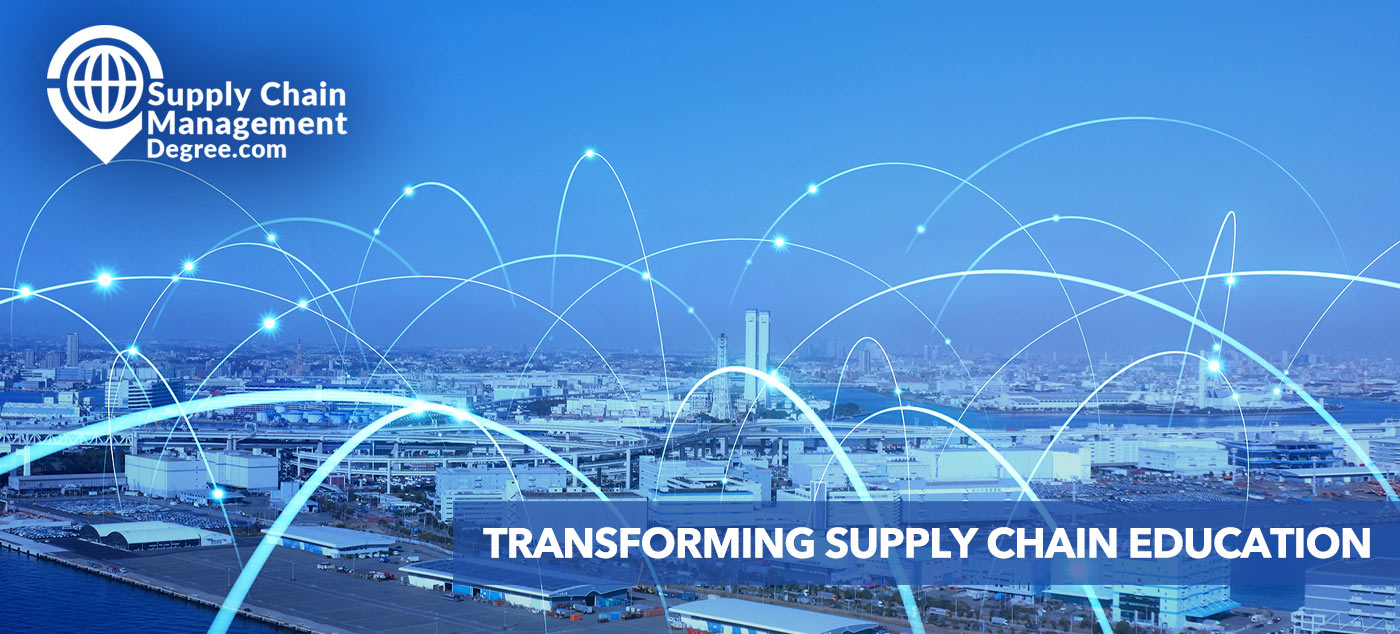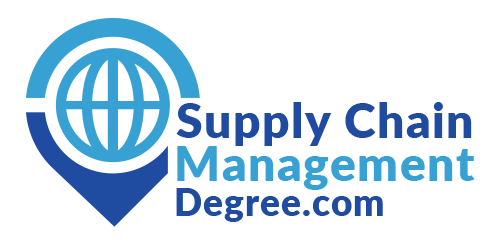
Embracing the Circular Economy: Transforming Supply Chain Education
The concept of the circular economy has gained traction as a sustainable alternative to the traditional linear model of production and consumption. The circular economy aims to minimize waste, maximize resource efficiency, and promote the reuse, repair, and recycling of materials and products. As businesses worldwide increasingly recognize the importance of embracing circularity to mitigate environmental impact and drive economic resilience, supply chain education is evolving to incorporate principles of the circular economy. In this blog post, we’ll explore the concept of the circular economy and its profound impact on supply chain education.
Understanding the Circular Economy
The circular economy represents a fundamental shift away from the traditional “take-make-waste” linear model toward a regenerative approach that seeks to close the loop of resource use and waste generation. In a circular economy, products and materials are designed to be reused, refurbished, remanufactured, and recycled to minimize the extraction of raw materials and reduce environmental pollution and waste.
Implications for Supply Chain Education
As the circular economy gains momentum, supply chain education is adapting to equip students with the knowledge and skills needed to navigate the complexities of sustainable supply chain management. Curricula are evolving to integrate concepts such as reverse logistics, product life cycle assessment, closed-loop supply chains, and circular supply chain design. Students are learning how to apply circular economy principles to optimize material flows, minimize waste, and enhance resource efficiency throughout the supply chain.
Key Components of Circular Supply Chain Education
Design for Sustainability: Students learn how to integrate sustainability considerations into product and packaging design to facilitate reuse, repair, and recycling. They explore eco-design principles, material selection criteria, and product life cycle assessment techniques to minimize environmental impact and promote circularity.
Reverse Logistics and End-of-Life Management: Curricula include coursework on reverse logistics strategies, including product take-back programs, recycling initiatives, and end-of-life management processes. Students gain an understanding of the challenges and opportunities associated with managing product returns, recycling, and disposal in a circular economy context.
Circular Supply Chain Collaboration: Students learn about the importance of collaboration and partnership across the supply chain to facilitate the circular economy transition. They explore collaborative models such as product-service systems, sharing platforms, and extended producer responsibility schemes that promote circularity and resource efficiency.
Technological Innovations: Supply chain education incorporates topics related to technological innovations that enable circularity, such as blockchain, Internet of Things (IoT), and advanced analytics. Students explore how these technologies can facilitate traceability, transparency, and efficiency in circular supply chains.
The circular economy represents a paradigm shift in the way we produce, consume, and manage resources, and its impact on supply chain education is profound. By integrating circular economy principles into curricula, educational institutions are preparing future supply chain professionals to drive sustainable and resilient supply chain practices. As businesses increasingly recognize the value of circularity in mitigating environmental impact, reducing costs, and fostering innovation, supply chain education plays a pivotal role in shaping the next generation of sustainability-minded supply chain leaders.


